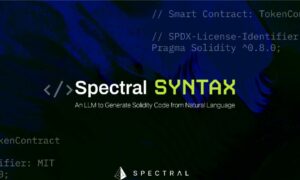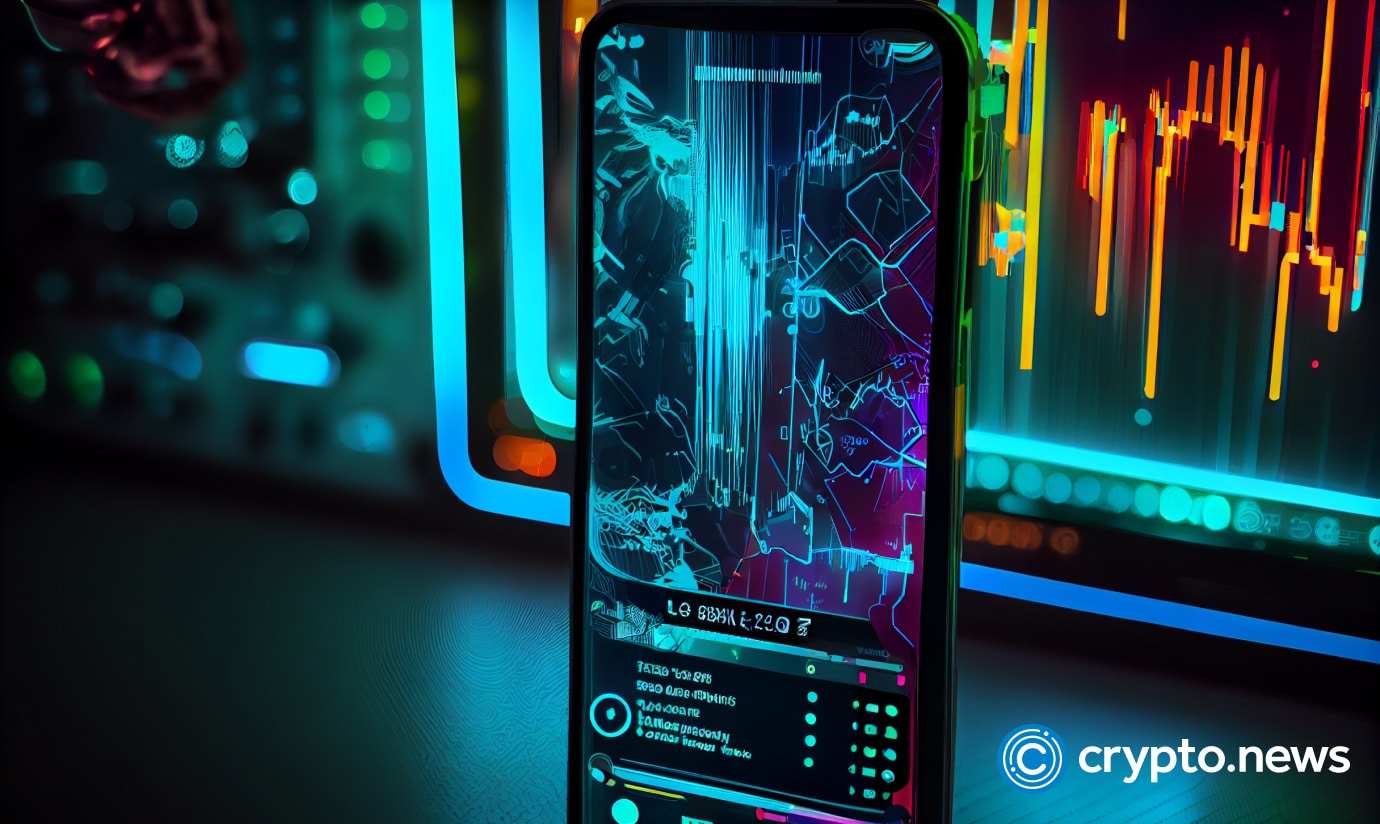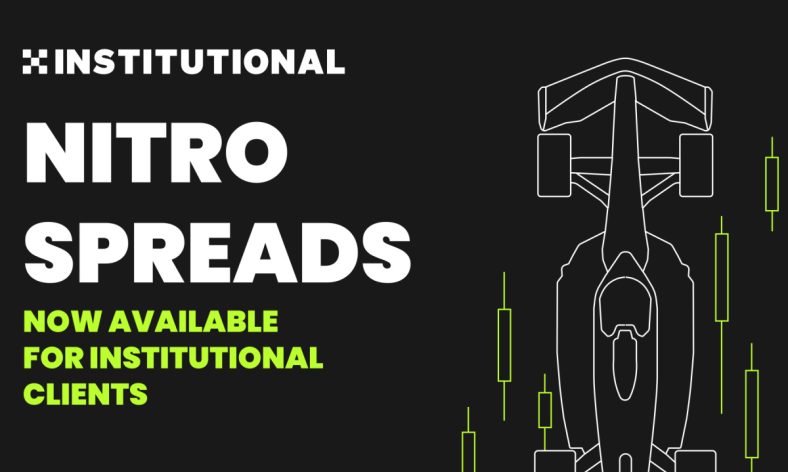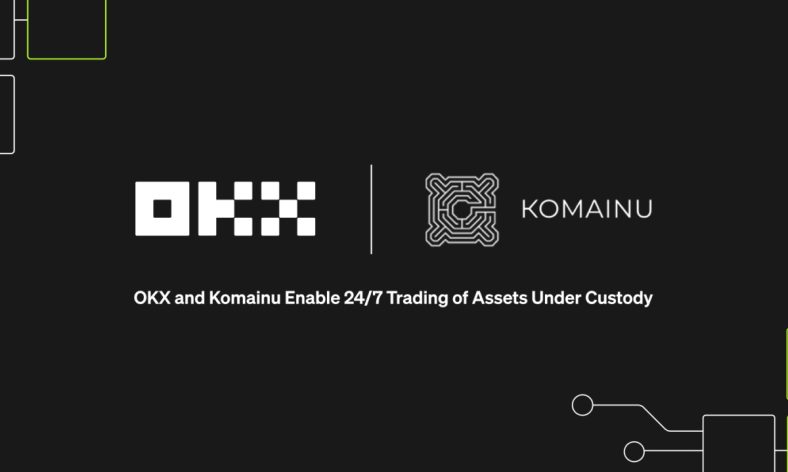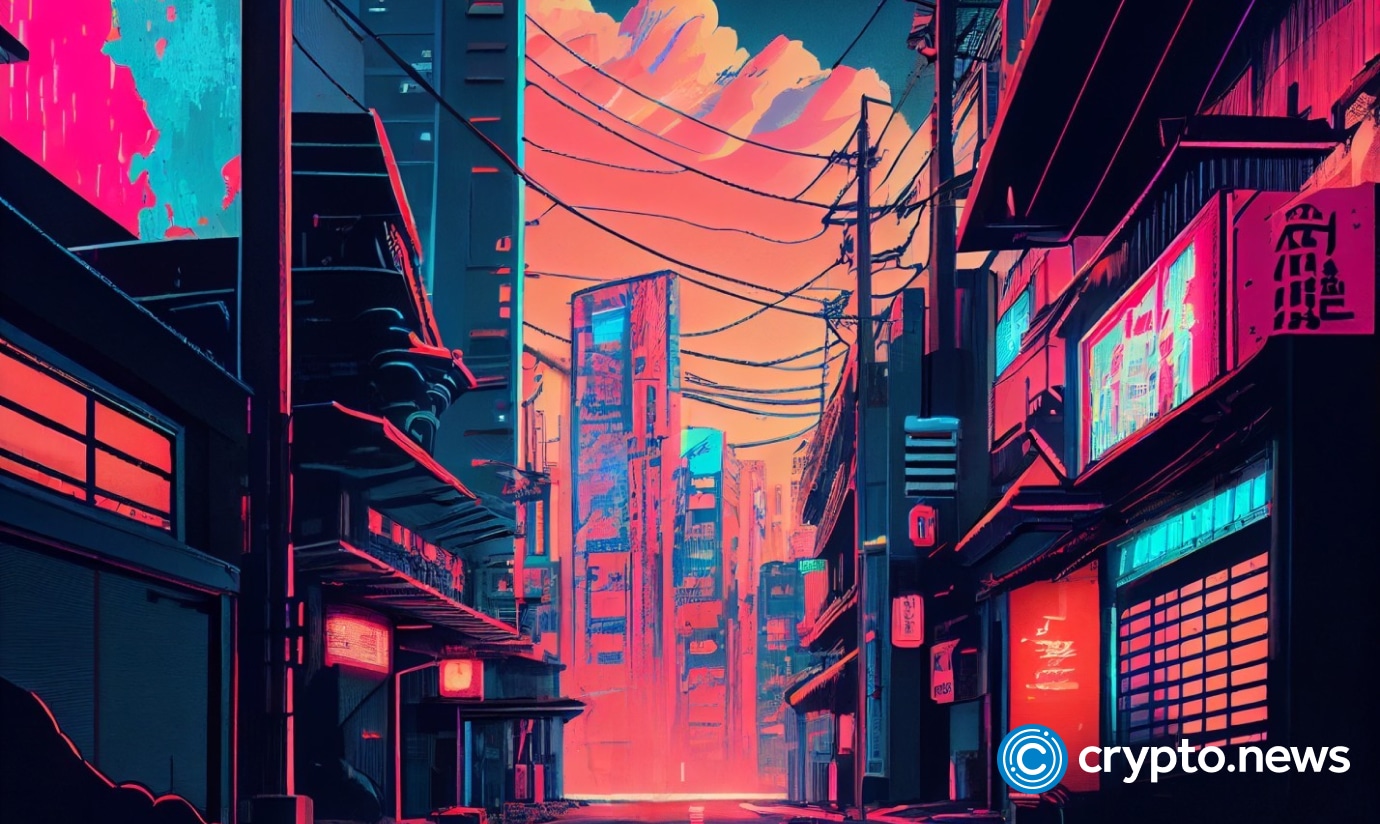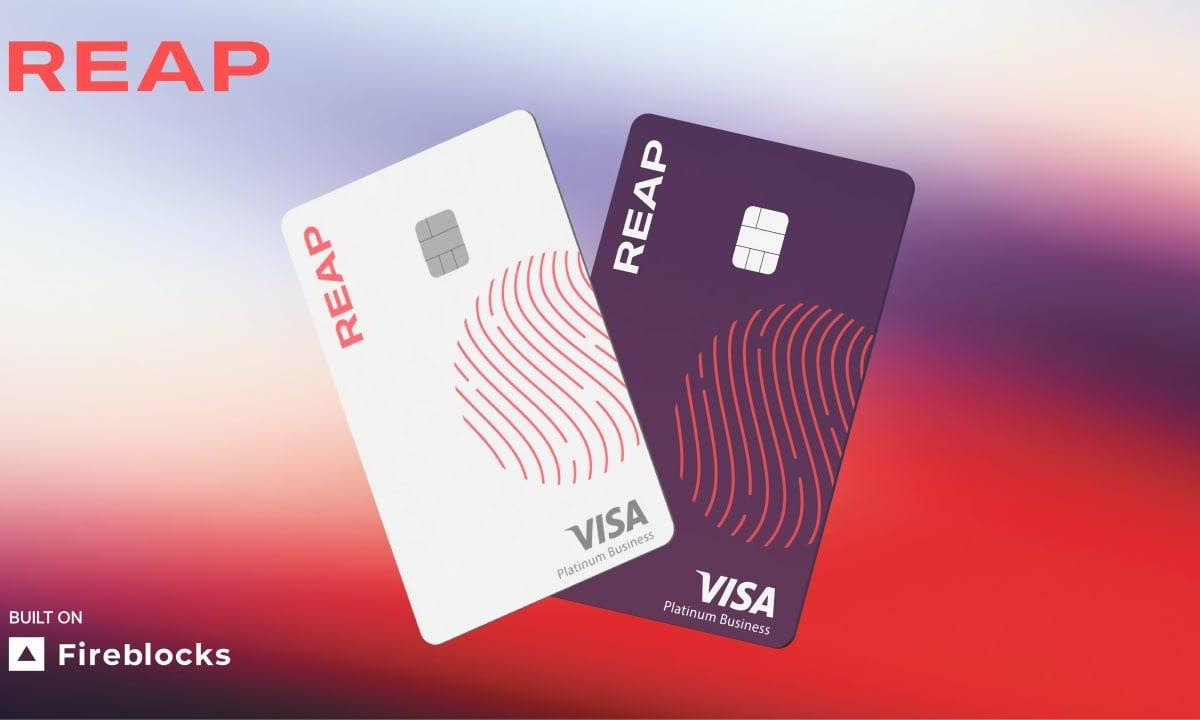
2024-7-11 22:33 |
The gaming sector has long been heralded as one of the most promising areas of Web3, providing tangible benefits for players by enabling them to own their in-game assets and earn token-based rewards. Blockchain also enhances transparency and provides a way for developers to integrate true randomness – and therefore fairness, ino their games.
These advantages have helped propel blockchain gaming to the forefront of the Web3 revolution. It has emerged as the biggest segment within blockchain, with its growth and popularity outpacing those of DeFi and NFTs according to various metrics, such as active wallets and total value locked, according to data from DappRadar.
In a December 2022 survey, Coda Labs revealed that 75% of games developers say they’re “excited” to work with Web3 technologies in future games, while 56% said they believe blockchain is set to transform the video games industry.
That’s a big vote of confidence in the prospects of a bright future for Web3 gaming, yet developers aren’t the only ones who will have a say. There’s a need to convince the actual gamers, too, and some early Web3 titles failed to do that. What’s more, there has even been a backlash against traditional video game developers that attempted to integrate Web3 into top-tier games, such as Ubisoft’s first NFT initiative for the Ghost Recon franchise.
However, developers appear to be listening to such complaints and taking onboard that feedback. In a December 2023 report, DAO Game7 noted some marked shifts in the blockchain gaming industry, where developers are more focused on the gameplay experience.
Gaming Blockchains Embrace Web2 ToolsThis trend is taking place at the infrastructure level, with gaming-focused blockchains such as Cronos, Oasys, and KARRAT Protocol creating integrations for popular game graphic development engines such as Unity and Unreal Engine.
Cronos developed integrations for both platforms with its high-speed blockchain network, allowing developers to write their game code in familiar programming languages and environments. For instance, developers can build blockchain games on Cronos using the popular C++ language and design them within the Blueprint development environment. When it comes to Web3, Cronos’s blockchain can be integrated into games with a few lines of code.
Cronos has also integrated with Crypto.com, the cryptocurrency exchange that developed its blockchain. This allows game developers to easily access payment services and NFT marketplaces while leveraging the OAuth authorization platform to streamline access for Crypto.com users. The Cronos chain might have originally been designed for DeFi, but the gaming sector is now firmly within its sights.
The Oasys blockchain offers similar integrations with Unity and Unreal Engine, and has focused on creating a high-throughput blockchain infrastructure that’s designed to enable the rapid, low-cost transactions that Web3 games need to provide the best experience to gamers. The Oasys blockchain is in many ways the equivalent of a video games console like the Xbox Series X or PlayStation 5, except that it can be accessed by anyone, from anywhere, and there’s no need to upgrade to a new version every few years.
Oasys’s experiments have attracted the attention of notable video game players, including Ubisoft, which is building its first-ever AAA-style blockchain game, Champions Tactics: Grimoria Chronicles, on its platform.
A New Class Web3 GamesWith blockchain infrastructures becoming increasingly optimized for gaming, developers have found more time to focus on the actual gameplay experience and deliver impressive results.
For instance, AMGI’s forthcoming title My Pet Hooligan is a novel Web3 first-person shooter game built on the gaming-focused KARRAT Protocol that merges elements of GTA, Fortnite, PubG, Zootopia and Ratchet & Clank. In doing this, it’s able to deliver a top-notch AAA gaming experience that promises to deliver the same kind of thrills and exciting gameplay as those titles.
The game is currently available to play in beta on Epic Games, and sees players take control of an NFT-based “Hooligan” rabbit character, who is leading the revolt against the evil, enslaving overlord Meta ZuckBot. It’s a typical, fast-paced, all-action FPS game with impressive graphics and lots of open-ended outcomes, with tons of different characters and weapons to choose from and the addition of a big dose of AI that powers more intelligent non-playable characters or NPCs.
My Pet Hooligan’s graphics are enhanced by its pioneering use of AI and motion capture technology. During the game, players can switch on their web camera if they wish, in order to record their facial expressions. Using its AI algorithms, My Pet Hooligan will mirror the gamer’s facial expressions on the face of their NFT-based rabbit “Hooli” character, enhancing the sense of immersion and making the game more humorous to boot.
Hybrid Web2/Web3 GamingWhat’s different about My Pet Hooligan is that the Web3 aspects of the game are entirely optional. The game can be thought of as a hybrid between Web2 and Web3, with players able to pick up and play without investing in an NFT or winning any rewards. But if they want to, they can go ahead and purchase an NFT Hooli that comes with additional benefits and unique attributes, and acquire various high-powered weapons they actually own. By playing this way, players can earn tokenized rewards for their efforts. In this way, My Pet Hooligan is a premium FPS game that leverages Web3 to enhance the overall experience. But it’s entirely optional, making it much more appealing to traditional video games players.
The developers at AMGI have shown that Web3 can be implemented as an add-on. The point being that developers should focus first on creating a game worthy of playing purely for enjoyment. Once the game is ready, then they can think about how to utilize blockchain platforms to make those games even better, providing greater value to players.
Many other games are going down this road. For instance, MixMob provides a Web2-like experience with its new Racer 1 game, which is a kind of “strategy card game”. Players must obtain an NFT to participate in its races, but they can acquire one without paying in crypto or setting up a wallet. That’s because MixMob will automatically create a wallet for each new player, and transfer the fiat they use to buy NFT accessories into the crypto. These tokens act as a regular in-game currency that can be used to buy items, reward players and so on
For those that want to explore the game further, MixMob has created secondary markets that allow players to trade their NFTs and acquire MXM governance tokens, which can be used to incentivize other players to race, take part in hosting Turbo Arenas, and explore DeFi-like staking to maximize their profits from the game.
The popular metaverse game Upland does a similar thing. Upland is essentially a kind of real estate trading game that features dozens of mini-games within its metaverse-style universe. Players can visit dozens of global cities and start buying land on which they can then build and develop properties. Each new users who sign up is awarded free UPX tokens to get started playing, and they can earn these by playing the game. With its integrated wallet, the gameplay is much like a Web2 game, but users can also withdraw their tokens to an external crypto wallet and sell them on an exchange.
This paves the way for various possibilities, and Upland players will come across various businesses called “Metaventures” that sell in-game items such as Legits, structure ornaments and map assets, which are tokenized as NFTs. So it’s a regular Web2 game for most players, but also a Web3 game for those that want to earn rewards for the time they put into the game.
The Future Of Web3 Games Is Web2-LikeThis concept of making Web3 an optional feature in games is accelerating fast, and it’s likely the direction that the blockchain gaming industry will continue heading towards.
By making Web3 aspects of a game optional, developers can tweak the experience to cater to devotees of both traditional games and Web3 “play-to-earn” titles. Those gamers who don’t take things too seriously, who just want to pick up and play now and again, can do that without any hassles around digital wallets and signing transactions. But those who want the full experience and the benefits of owning their in-game items can dive headlong into everything blockchain and Web3 has to offer.
It means a broader range of possibilities for gamers, yet if a player chooses not to engage with the underlying blockchain, it won’t detract from their enjoyment of the game in any way. Gamers can choose what kind of experience they want.
The rise of blockchain games underlines the resilience of the Web3 and crypto industry. During the dark days of crypto winter that ran from late-2021 to mid-2023, the best projects did what they always do – they knuckled down and focused on building. Now, as the crypto market picks itself up off the floor, we’re finally seeing the fruits of those efforts with a new generation of eminently more playable Web3 games that appeal to the masses.
Similar to Notcoin - Blum - Airdrops In 2024
Friends With Benefits (FWB) на Currencies.ru
|
|

